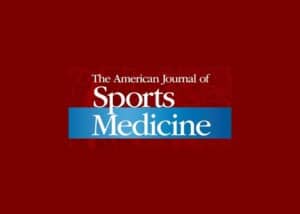
Rotational instability of the knee in the presence of intact cruciate and collateral ligaments is a complex clinical problem to accurately diagnose and treat. Although advances in anatomic and biomechanical understanding of the knee have led to improved treatment of ligament injuries, there is still a subset of patients who present with symptoms of rotational instability despite no obvious structural injury on physical examination or magnetic resonance imaging (MRI). Furthermore, some of the patients with intact cruciate and collateral ligaments may have sustained injuries to other structures that heal elongated, resulting in subtle laxity that can be difficult to detect on clinical examination. In the chronic phase, these structures may have a normal appearance on MRI. Patients may complain of rotational instability with limitations during athletic activity, especially during pivoting and lateral movements. The role of the cruciate and collateral ligaments in controlling knee rotation has been studied in detail. However, the role of other knee structures in controlling internal and external rotation of the knee in the face of these intact primary ligamentous stabilizers has not been well described.
Currently, there remains a lack of consensus on whether other ligament or capsular structures provide primary or secondary restraints to rotational laxity when the cruciate and collateral ligaments are intact. Delineation of these structures and their respective function will be a key component to the understanding of rotational instability in those patients and potentially in those with residual rotatory instability after “anatomic” ligament reconstructions. Therefore, the purpose of this study was to assess which anatomic structures have primary and secondary stabilization roles for knee internal and external rotation in the setting of intact cruciate and collateral ligaments. The effect of sequentially cutting the posterolateral, anterolateral, posteromedial, and anteromedial structures of the knee on rotational stability in the setting of intact cruciate and collateral ligaments was assessed in a biomechanical setup. It was hypothesized that sectioning of the iliotibial band (ITB), anterolateral ligament and lateral capsule (ALL/LC), posterior oblique ligament (POL), and the posteromedial capsule (PMC) would significantly increase internal rotation, while sectioning the anteromedial capsule (AMC) and the popliteus tendon and popliteofibular ligament (PLT/PFL) would lead to a significant increase in external knee rotation.
